In this Episode
- [01:08] – Orion introduces Bill Donius, author, speaker, and coach.
- [04:59] – Bill describes Roger Sperry’s discovery about the hemispheric division of the brain.
- [11:18] – How to unlock your brain’s hidden app.
- [18:08] – Bill expounds on the distinctive characteristics of the right side of the brain.
- [23:26] – How to activate the right side of your brain to open a space for creative activities.
- [28:00] – Bill lets Orion try a simple exercise that he also demonstrated on his famous TEDx Talk.
- [36:46] – Bill provides several techniques to help you tap into your right brain and learn more about yourself.
- [42:10] – Bill explains the different outcomes of asking questions depending on your emotional state.
- [46:47] – Bill shares a story on how he helped his client figure out a personal issue rooted back when he was 13 years old.
- [51:50] – Follow Bill Donius in his social media accounts and visit his website at www.williamdonius.com to unlock your inner genius.
About Today’s Show
Hello and welcome to Stellar Life. In a moment, we will be talking to an extraordinary guest that will help you awaken your true genius, and will help you think creatively and on-demand. Bill Donius is an expert in unlocking the power of the right side of the brain. He is a New York Times bestselling author and wrote the book Thought Revolution about how to think outside of the box and how to think differently. His current clients include Fortune 500 companies such as Walt Disney Studios, Nestle, and Kawasaki. He provides a great deal of expertise in the areas of ideation and problem-solving. Hi Bill, and welcome to the show.
Thank you very much. I’m delighted to be here.
I am so excited to talk to you because you are a very smart, kind, and progressive man. My first question is, and it’s a big question so I am looking for a big answer. My question is, can we really, truly ever live a stellar life? Is it just an illusion, or can we really do it?
That is a great question, I think. We all go through life doing the best we can and thinking we’ve gotten all we can do, but there is more. I think there is a way that … It sounds oftentime people look at the whole self-help genre, personal development world, and go, “I don’t want to do all of that. It’s so much work. It’s so hard.” It doesn’t have to be. I have found in my own experience, dating back 18 years, when I learned a version of the process that I wrote the book about is that we can, in fact, go into our own brains and learn more about ourselves, be more aware of who we are, what we are, and, most importantly, what limits us in life and why.
Go into our own brains and learn more about ourselves, be more aware of who we are, what we are, and, most importantly, what limits us in life and why. Share on XOnce we get that knowledge, we can be more powerful and more intentional in what we do because we’re freed from the past, if you will, and we’re able to see without those blinders on and go forth in a way that’s much better. It’s much more exciting. We are much happier and more authentic. I think all those words would mean that we can live a more stellar life by learning how to get there and how to learn more about ourselves.
Yeah, thank you. You give us all hope. How did you get into studying the brain? How did you get into that area of expertise that you teach?
It came from my greatest weakness because I had to finally, at age 38, fess up to the fact that, although some things in life were working really well for me, some things weren’t. I had already taken my company public the year before. Work and business and family things were going really well, but in my personal, intimate relationships, things weren’t going that well. I got into therapist with the notion: I think it’s finally time that I address this issue because it’s very easy to get caught in the trap of believing that things are just going to get better.
In fact, one of the lies that I cite in my book Thought Revolution is that it’ll get better, or I’ll do it later. We can just keep postponing this stuff in the hope that, against all odds maybe, something magically is going to happen that’s going to all of a sudden allow us to meet the right person that we’ve never met before. I had to deal with the fact that it was probably me rather than the people that I had dated and the 20 years that I had been in the dating world.
In therapy, I learned that there is a way to think differently. It’s based on Roger Sperry’s 1981 Nobel Prize winning discovery about hemispheric division in the brain, that the left side of the brain is responsible for certain functions like logical thinking, linear mathematical/analytical. 92% of us are right-handed, and so we’re left-brained. It’s the predominant way we think. Scientists know we use all of our brain all of the time, but nevertheless we’re oriented in a society where we got to put food on the table and keep things going were that way.
The right hemisphere is that other part of the brain that’s the more artistic, creative, intuitive, musically-oriented. What I learned in therapy it’s also the problem-solving part of the brain, a lot of things clicked for me because when I learned how to tap into the right hemisphere of the brain, it became easier for me to figure out why I was stuck in the first place, what I had overlooked in my relationships, and get the awareness of the obstacle that I was facing that I didn’t know was there. Once I got and understood that obstacle and worked through it, I was able to get the awareness and then subsequently go forward and not have that be a barrier in future relationships.
It was obviously a huge insight and a very material improvement in the quality of my life because I was able to enter into an intimate relationship thereafter and things have been so much better since then. It took me a couple of years before deciding, “I wonder if that same process could be adapted and used as a business process,” because the work had been very extensively used in psychology for 30 years. Dr. Lucia Capacchione, who I studied with, wrote the book Recovery of Your Inner Child and launched the whole inner child movement in psychology. Then Dr. Betty Edwards launched the whole Drawing on the Right Side of the Brain book, and it’s still used in art schools.
I thought-what if we could use something for the rest of us that don’t have something major going on? Just want to maybe live a more stellar, better, more intentional life. What could we do? It was with that notion that, eight years ago, after being able to retire early at 50 that I did the deep dive and the interviews that resulted in the book. I found that there is this other part of the brain that can help us get the answers to the questions and the problems we’ve just been unable to solve. It’s like a lot of us go through life, me included, with the blinders on and we get stuck in these habits and routines and we just don’t know how to breakthrough.
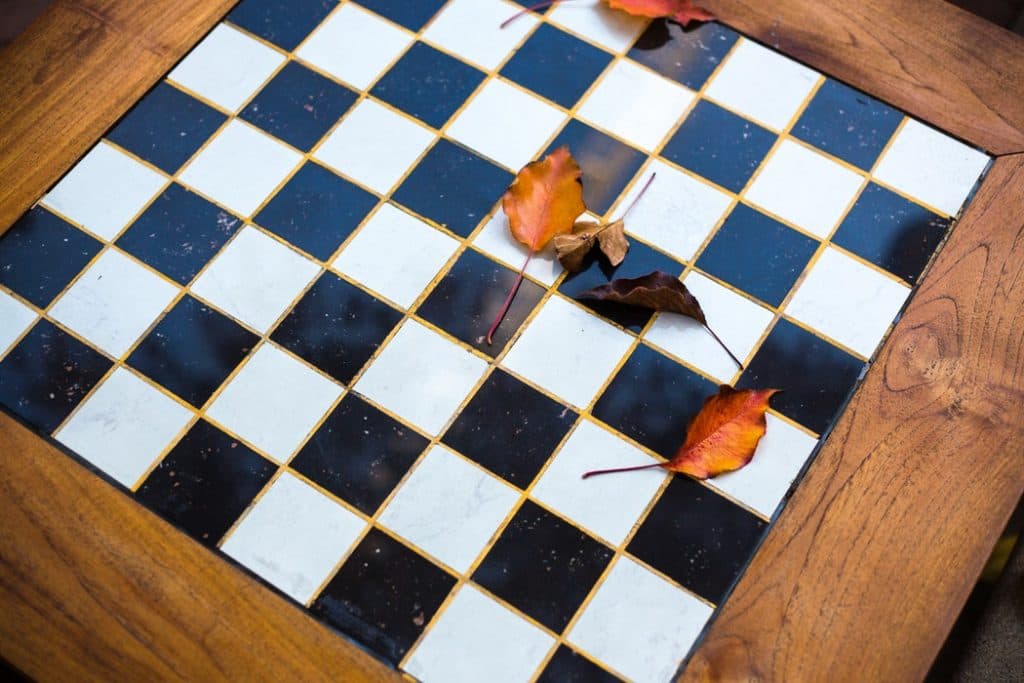
There is this other part of the brain that can help us get the answers to the questions and the problems we’ve just been unable to solve.
We read books and people can tell us … Motivational speakers will say, “Just work harder! Get up earlier! You have to have the desire to get through it!” All that is great, but if there’s a psychological barrier or block, that isn’t enough to sustain you everyday to get through that. You need to understand what the block or barrier is in the first place. I really saw that in those 200 interviews that I did that we all have things going on that prevent us from getting to where we want to get to, from getting to that, to use your term, which I love, a more stellar life.
Yeah, that is incredible. I just heard a TEDx talk about a Harvard study that was conducted over 75 years. They took about 700 class subjects and they researched the cause of happiness-what makes people really happy, alive, and helps them with longevity. When they asked millennials what they wanted to achieve in life, it was either be successful or be famous. But, the study actually shows that the quality of your relationships and your social settings is what makes you happy. Being surrounded by your friends, the quality of your relationships, that is what really-at the end of the day, after money and fame, and of course health-that would help people live a happier, fulfilled life. How do you feel doing all of the work that you did affect your own personal relationships?
It made it possible because the simple answer … I also saw that study and think it’s terrific, and I saw that it took five different principle investigators that were over that time frame, of course, because it was over 75 years to continue that work. It’s really a great gift to all of us to understand that. I think that we oftentimes get in that trap of just doing the same things over and over again. As Einstein said, if we do that and we expect a different result than that may be rather insane that something would just automatically get better. Most importantly, when it comes to our intimate personal relationships with our partners, significant others, husbands, wives, family members; those relationships that the study shows are the most important, obviously.
If we’ve got some problems in those relationships, then that can potentially prevent us from being happier, and so solving those is a high priority. In the work that I did in those interviews, it really showed how some people can go years and decades and be in poor relationships that don’t serve them well. How do we learn and how do we grow? For me, I was in a series of very short-term relationships because I just couldn’t function well in intimate relationships. Just to be in one now is fantastic because it feels so much better to improve that quality of life.
You have a TEDx talk, Unlocking Your Brain’s Hidden App.
Correct.
It’s really good, and I recommend everybody to go and watch it.
Thank you.
How do we do that? I didn’t know that we have a hidden app that I can unlock. How do I unlock it?
I was trying to be a little clever because … I like the metaphor there, that an app suggest because we’re all … I have some friends that have hundreds of apps on their phone, and they’re app collectors. We like the notion that we can get an app, download it really quickly for free and it’s going to solve our problems.
In the work that I had done and all these 18 years of my personal experience and then eight years of working in the public one-on-one, and with big companies and small companies, I thought, “I guess we could consider that other half of our brain, that right hemisphere of our brain, is potentially an app, because it’s an application that we can learn, go to, get answers quickly, and then use them to improve the quality of our life.” I thought, “If we can unlock that app, that’s much more important than unlocking some game app that’s just going to maybe amuse us for a couple of minutes and not really change the quality of our life.” That was the basis for titling it that way.
In the TED talk, I do describe how to do this. I didn’t want people to feel like-all it’s trying to do is get us to buy the books. Obviously authors don’t make much on book sales when they’re produced in the traditional way, with Simon & Schuster as my publisher. It’s great to have it out there, but I wanted to show in the TED talk how to do it, and I explained actually how to do it in the talk so the people can experience what this is like for themselves and so there is an opportunity for people to experience it, do that, and then they can judge for themselves if it works for them.
Does the work you do, does it work differently with people who are right-handed or left-handed?
I missed the first part of that question. Does it work equally well, did you say?
Yes, does it work equally well in right-handed or left-handed people?
It does. It’s a great question because the theory is actually … There’s some split in the scientific community about handedness. It’s widely thought and known that the left side of the brain controls the opposite side, or the right side, of the body. Gabby Gifford, when that bullet went through her brain, it went through the left hemisphere of her brain, which knocked out grammar and language and all those skillsets. The brain also has the neuroplasticity that it can relearn some of that stuff.
The right side of the brain is controlled by the left side of the body, but the distinction that some scientists feel and believe is that when it comes to tapping, activating the right hemisphere of the brain, it is dependent on the non-dominant hand, so be it either left or right hand. It’s whichever one is non-dominant is the pathway to the right hemisphere of the brain. I think that I was able to corroborate that in my work and my interviews. Those 200 I did initially, I was able to see that, regardless of handedness, when people use their non-dominant hand there seem to be an activation of the neural pathway to the right hemisphere because the proof was really in the pudding. They got different, interesting, and then I would say more creative, answers when they were using their non-dominant hand regardless of handedness.
The only exception to that was I did run across a very small portion because there are only 1% of the population of people that are able to use both hands. I was going to say bilingual, but ambidextrous, and they are able to use both hands. They were able to seemingly gain access using, really, either hand. In one case, she is a famous novelist, she writes her novels long-handed while simultaneously editing in the margin with her left hand. It’s widely known that there are people in history… I’m drawing a blank. A famous artist who was able to draw with one hand and paint with the other simultaneously. Leonardo da Vinci; I have his book. It’s amazing now to think that our brain is able to do two things at once. It’s astounding.
There’s so much that our brains can do and, in fact, I’ve covered it in the research that scientists widely believe that that three-pound organ is the least understood piece of matter in the entire universe. All these years later, the scientific community doesn’t know fully how our brains work.
Yeah, I was always fascinated with the brain, and how it works, how we can tap into our potential. It seems like an endless seeking, it’s not an easy task. It is something that reveals itself more and more everyday and still, I think 99% is unknown. I really can’t explain.
Exactly. Some people said to me, “Who are you to try to write a book about all this?” I said, “It’s from that very humble perspective of a user.” I view this as a user’s manual for the brain. It’s not the scientific journal on how the brain works, it’s a book about we can use our brains to make them work better for us. I took that as a businessman and a former CEO myself that it’s about how, as we said at the top of the program, to live a more stellar life. I am just trying to share what worked for me and, what I found in my research, what worked for others. This is a user’s manual, and there are 55 questions in there, so people can get used to how to use it, how it works, and just start doing it.
Right. And can you expand a little bit, about what is so special about the right side of the brain?
It is the place that scientists describe as that place of genius. The distinction here is we think of Einstein as a genius, and he clearly is, but I think the distinction here is that we all have that genius, we all have a type of inner genius. Clearly we’re not as smart as Einstein, but we have that genius that applies to who we are and the insights that we can get because it relates to that higher consciousness that is present in all of us but is hard to get to.
This is, for instance, like those moments in the shower where we get that “Aha” idea, or driving down a country road with music playing, we go, “Wouldn’t it be cool if we did this or that?” We have those fleeting moments that occur where we think, “That was a big idea that I just had,” but we’re disappointed that it doesn’t happen regularly enough. Being able to activate the neural pathway to go there, that right hemisphere which is creativity, artistry, music, the big ideas, the “Aha” moments, the insights, the intuitive thoughts, those gut thoughts that we tend to … When we were in the caveman era, when we had a gut thought that there might be danger ahead, we paid attention to it because, if we didn’t, we might lose our life.
Now, though, we ignore those gut thoughts because they all have to be rational and linear and analyzed, and so work in a much more analytical world. The artists of our world, and when we look at creativity and we look at people that create beautiful music or paintings or have big ideas to start companies or do something clever and interesting that no one’s ever thought of before, whether it’s Facebook or Google or Twitter, where do those ideas come from? My thesis is they come from a combination of left and right brain, but I think they’re activated in the right hemisphere of the brain and it’s just this big, amazing, mysterious, cool place.
Another great TED talk to listen to, by the way, is the one that was given titled My Stroke of Insight, and it was given by Harvard psychologist Dr. Jill Bolte Taylor who had a stroke herself while doing scientific research, and then was in this place of this stroke for seven years and what was out of it for seven years in her “right brain.” Then she came to and came conscious and was able to go back and remember and talk about what all that was like. It’s interesting that she’s able to literally describe what it’s like to be in your right brain. What I like about that is that it gives a sense about what that’s like. Unfortunately, none of us want to have a stroke to experience that. That’s a little too extreme.
My thought after watching that years later was, “What if we could get to that place without having a stroke and get the insights that we need to get that are there for us on an everyday basis?” We could do it once a day, 10 times a day if we wanted to, or once a month, whatever time frame we want, and we’re looking for that inspiration. We can go there and get it.
That’s a good metaphor for life, how can we get the lesson without the pain, in general? Because sometimes we just wait for something really bad to happen to get any insight or grow. It would be good preventive medicine for life.
If we listen to our physical trainers, and there’s that famous slogan, “No pain. No gain.” There’s this notion that we have to suffer. Most of us, including me, and I waited until I was age 38 and suffered a lot, and worst, made a lot of other people suffer, that we feel like the road of suffering is noble and it’s what we need to do and if we’ve suffered long enough we can finally get the breakthrough. If you want to take that script and adhere to it, that’s fine, but it doesn’t have to be that way. That’s why one of the things that I like doing most is taking this work into colleges and grade schools and high schools because I don’t want them to go through and suffer as long as I did before they can learn how to think differently, tap into their inner genius, learn how to be a better person, a more intentional person, a more authentic person.
Wouldn’t that be great to have that in high schools? Because look at all the crap that they have to go through in high school. It’s not necessarily a fun, great place for a lot of people, so to be able to get that wisdom earlier would be fantastic.
I absolutely agree. And it also seems like when we are young our right brain, our creative side is more open. I know that when I was in high school and my very early twenties, I wrote poetry. I stopped, and I look back at what I wrote, I look at it and i’m like that’s pretty good. But, I feel like I cannot do it again, like that part of me is shut down.
Open it up, Orion. You can do it. What I use now is a writer prompt or, as an editorial tool, is I use my right brain for that. For instance, you can say to yourself, “What do I want to write a poem about? What do I want to creatively express?” Then allow this process to take over and see what happens. I would invite you to try that and see what you get because I’m convinced from my own work and from doing this with others that you can tap into that more creative, more intuitive source and get the big idea about what the topic matter is first. Then I think you can even get poetic verse on how to express that, and go be in that state of flow where you activate the right brain and let that stuff flow out. I would love to get a follow-up call from you to say, “It’s working for me.”
I’ll comment on the research that I did. I discovered that NASA went looking for those for who they should put in their creative innovation groups, and they did a massive study of hundreds of thousands of people, to align with what you just said. They found one group that actually scored the highest in these creativity tests, and you won’t be surprised to find that that group was comprised of five-year-olds. They couldn’t hire them but they identified them. Seriously. They found that five-year-olds scored at the 98th percentile on the same test that the average adult, age 31, scored … I think it was a 2%. It was really a dismal result where you can see the 15-year-olds did better, then the 20-year-olds did better, then the 25 … It’s just a straight line down in creative results from this finding.
It’s really sad and disappointing and you can get really discouraged by that unless you begin to tap into that other place and find that there is more, that we can use our brains in a much more powerful way and activate that neural pathway, get to the right brain, get those ideas that are there for us. The great part is it’s far easier than learning French, or Spanish, or a language. It’s far easier than having to go to get your MBA or do all these other things that we do to try to improve our lives. I think that’s part of the problem: this is almost deceptively simple and easy, and so it can be dismissed because people think, “It can’t be that easy. It’s got to be hard. There’s got to be pain involved for this to be valuable.” A lot of people tend to potentially dismiss it because they think it’s too easy.
We can use our brains in a much more powerful way and activate that neural pathway, get to the right brain, get those ideas that are there for us. Share on XRight. I’m sure our listeners are so curious about the process itself. Can you describe or teach us a little bit about the process?
In fact, I’ll invite your listeners to grab a pencil, or pen, and a paper and follow along because I think the best way to do this, and for you, too, Orion, to do this in real-time. The best way to do this is just to experience it. Now, admittedly, there’s a lot more preamble to the science behind all this in my TEDx talk, Unlocking your Brain’s Hidden App. People may want to watch that first, or not, depending on whatever. We’ll just jump right in.
The best way to experience this is in a simple exercise I’ve devised to really show and explain how the brain works. What I want to do is ask your listeners the question: if I were an animal, what animal would I be, as it pertains to yourself? Write down, with your presumably dominant hand whatever answer you deem to be the most appropriate, best answer to that question.
I just did.
Okay. Now, as they say in Monty Python, for something completely different. I want you to switch hands, put the pen or pencil in your non-dominant hand and, as a starting point, just write your name either cursively or printed just to show and prove to yourself basically that you can do it because, for most of us, we hardly ever use that hand to write or print anything.
I do think that, as an aside, one of the reasons that our society is more productive is that we have learned as a society to type with both hands, most of us, and so … In my generation, I turned in papers to a typist in business school and typed them, and then I turned them in. I was handwriting my papers with my dominant right hand so I never really got my left hand involved doing a whole lot until I started typing and learned to type years later, but now everybody basically knows how to type with both hands. I think it’s helped activate the right brain in part just simple because we’re using that hand more.
Unlike just the physical act and the motor skill act of typing, for this to work you need to suspend disbelief. I’m going to ask you a question, and allow yourself, with the pen in that non-dominant hand, to write whatever comes to mind without judgment, without thinking about it. What we hope to have happen here is that you can suspend disbelief long enough that you can hear the question, allow the activation to occur from your non-dominant hand to right brain, for an answer to flow forth without you thinking about it. Some people say they see it, they feel it, they don’t know where it comes from. Just write it down on the page. It may help to maybe close your eyes for a second, to reset your brain. You can take a couple deep breaths. No judgment. You can open your eyes, obviously, to write down your answer.

Some people say they see it, they feel it, they don’t know where it comes from. Just write it down on the page. It may help to maybe close your eyes for a second, to reset your brain.
The question is: if I were an animal, what animal would I be? Write it down as it applies to yourself. If I were an animal, what animal would I be? If you’re willing to share with me and your audience what you wrote down.
When I wrote it with my right hand, it was a lioness. And on my right hand, it was actually a visual of a dolphin.
I’m trying to interest some universities on doing further research on what these answers mean. At this point I just have a hypothesis. I did it with those initial 200 and I’ve worked with probably 13,000 people since over the last eight years in big groups, small groups.
My hypothesis about this is: what we write with our dominant hand is the proxy for our conventional thinking. When you think about that in a way, we answer it in a way that’s maybe aspirational. You may have been saying, “If I could be,” even the question was, “If I were an animal, what animal would be?” You aspire, perhaps, to be a lioness, and gosh, why wouldn’t you? It’s a great, powerful animal, so that’s cool. Then, however, something very different happens when we switch hands; it’s like we’re switching brains. The right side of the brain takes over and has … This very discovery was also about the independence of hemispheric division in the brain so that essentially the left brain is independent from the right brain. It’s connected by the limbic system, the corpus callosum and all this other stuff.
We use both sides all the time, but there is this independence that exists. It’s almost as if, because you were using your non-dominant hand, you activated the neural pathway and you did, in fact, get an independent and different answer: dolphin. What you got with dolphin is, in my hypothesis, an answer that ends up being much more representational for how you are in life. I would go back to you now an say, hearing that, what would those that know your best, your husband and friends and relatives, would they say you’re more like in life a lioness or a dolphin?
That’s a really good question. I believe in totem animals, and when I go to my special place in my brain through meditation, sometimes different animals come. A dolphin is one that appears a lot. It also, it’s interesting when we met you at the Next Level Experience and we did the same exercise, I cannot remember my right-hand answer, my logical answer, but it was the same answer on my left hand, which was a dolphin. It’s interesting to me that it is consistent.
I would be surprised by that necessarily because I think that animal can change over time, and I think it gives us a really objective, in a way, view from the right brain for how we function. Either on a literal or metaphorical basis there is a … When you think of what a dolphin does and how it behaves in schools and it’s playful and it loves the water and it’s presumably friendly and smart, that’s cool, but no one would ever necessarily, which is interesting, put a dolphin and a lioness in the same category because they’re so different.
As a footnote and sidebar, what I enjoy doing in groups when I work with teens, I divide them, when we get to the breakup session, by their inner animal, their non-dominant animal. What I find is that there is tremendous synergy between animals that swim together, ones that run fast, that fly, that walk slow. It’s really amazing because it’s not based on physical type at all. They can look at all these different ways, but they have this great sense of cooperation and understanding one another. As an experiment, and you can’t do this with corporate clients, certainly, but in university settings I’ve experimentally taken animals that walk slow and then put them into a group of animals that run fast, and then see how they do in terms of that group reaching consensus.
It’s been interesting to see that they don’t feel like they fit in as well or they connect to the other people as well. It’s a different rhythm, a different pacing. I think there’s a lot to this. I’m somewhat familiar with the totem animal notion, I’ve got a book on it. I’ve looked at my own inner animal, which is bear, which makes perfect sense for me because, when I thought about the last eight years, I would come out of my cave at spring roaring, if you will. Then again, I very much enjoy the hibernation process of writing the book and the updates, which was four years of my life. I like being in the home office and working on that quietly and meditatively. I think there is something to all of that.
As you know, and I’m sure you discovered in your life, and your work and your program is great for that is that there’s so much more to life. We tend to get trapped in just living an ordinary life instead of living a stellar life. There’s all this stuff out there for us to be able to experience and explore and learn. There’s a big, fascinating world out there for us.
Isn’t that exciting. More to answer your question, I love dolphins. I really feel like some the traits are similar to who I am, especially the playfulness. You had an interview with my fiance Stephan, and his right brain animal is a whale. So I’m a dolphin and he’s a whale, we swim together and it’s all good.
I would add here that sometimes people tend to think that this is just a fun, which it is, a playful exercise that ends right there, which in fact that is the beginning of a process of learning more about ourselves. I think other great questions to put to the right brain would be: what should my to-do list for today be? Maybe a question: why do I always get upset when my boyfriend does this? Or why do I not like my mother-in-law? Why haven’t I lost weight? What should my highest and best purpose in life be? Why do I keep doing the same thing over and over again as it applies to this expecting a different result?
We can use this question and this process of tapping into the right brain and use question-by-question to learn more about ourselves, which is the real point of doing this, because there is an opportunity to get an independent, fresh, creative, intuitive, and potentially also better answer than we’ve been getting. Especially if the answer we’ve been getting isn’t really working for us and we’re stuck, then why not try a different path and go to a different place in our brain to see what other answers might show up and see in fact if there is a better way for us to be thinking about how to solve a particular problem?
I’ve been experimenting with left handwriting, about 5 days ago I went to the beach and I spent about 25 minutes writing. Right now, I’m seeking the question-What do I really want in every day? My intention is to just crystallize my vision, and every day is about a different area in my life. It was really extraordinary-the setting was beautiful, it was a beautiful day. I was just writing and writing, and the answer that came was very heartfelt rather than logical. It seems like as soon as I started it didn’t stop. I just kept writing and writing, and it was really fun. Not only fun but very helpful and profound. What I also found is that when I am in a lower state, when I am angry or sad, and I do left handwriting the answers are not as good. They are not very much in alignment, they are not coming from a place of higher vibration. Can you talk a little bit more about that?
I think that, one, I love the fact that you’re being intentional about this and also intentional about trying to live in an intentional manner in your life because I think that’s so important. It’s so easy to get swept this way or swept that way and do what the group wants or our spouse wants, and so I think that’s awesome. I would describe it as, just for clarity, non-dominant handwriting because for left-hand dominant people, for them, it’s going to be their right hand, so I always describe as non-dominant.
I would invite all of us to get into the habit, and whatever that habit might be, I think it’s great to get into the habit, at least once a week, even if it’s for 15 minutes to find a sacred place in the week calendar whether it’s Tuesday morning or a Sunday night, to create that moment of peace and quiet for us where we can be reflective, introspective, and really try to figure out what’s working in our life, what isn’t, what we want more of. Then this process, if people find it useful, is a great one. As I mentioned, there’s 55 questions in the book so they can be an expert at it by the time they’re done with those 55 questions. That’s if they even do all of them.
This process has worked for me these 18 years at really getting clear on how I can make improvements at my company, which worked great for me and allowed me to retire at 50. How I can make improvements in my personal life with interpersonal relationships. Who I should hire, maybe. Who I should not hire. I’m having difficulty, maybe, in a friendship with somebody; why this keeps coming up where we get into arguments. All these things can be really good. Whatever the process your listeners might want to use is less important than just finding a process that works for you and using that.
It’s great to be able to, and you’re blessed to be able to, go to the beach. Then for some us it may just be going into a quiet space in the house or apartment and lighting a candle, having a moment of reflection, and just creating that moment with a journal. I do think it’s important to be capturing these thoughts down in something because too often things just float around in our brain, and they do it all week long. Being able to capture something in writing is good. Mind you, being able to capture the right brain ideas with the non-dominant hand is even an extra bonus because they show, as you said, so much more insightful and deeper and more higher-level thoughts and much more significant, creative … I think you’re onto something there.
I want to expand more about intention, the quality of your questions, and the quality of your state when you do it. What is the difference between doing non-dominant writing in a bad state or in a good state, asking a bad question or a good question?
That’s a good question. I think it’s better to be doing it than not doing it all is point number one, and then number two is that when we get practice at anything, whether it’s riding a bike or speaking a language, we get better at it. I think that it’s easier to do this work when we’re in a more relaxed, comfortable, quiet state because our brain has quieted down and we can get to that place more easily. That’s probably the ideal place to learn how to do it. I’ve been doing it now for 18 years, so some of the times, ironically, for me that it’s most useful is in when I am worked up about something or I’ve had an argument or I’m in this tense state.
I say, “What’s going on?” I write the question to myself because I find it helpful to write it down so that I can see it, write the question specifically, and then look at it, read it, and then allow my brain to answer it with being activated through the non-dominant hand. I find that it’s really helpful because I’ll get an insight then in that moment that I might not get in the frustration and the anxiety of the moment otherwise.
What if you get two different answers?
That’s an opportunity for that big, powerful brain to reconcile what makes the most sense. In my corporate groups I share that I’m agnostic about where a good idea comes from: right side, left side, middle. Whatever. The goal is really just to get an idea that’s going to make sense, help us get the wisdom to work through a problem and gain the awareness of why that problem exists, perhaps in the first place.
I think our brains know, when we’re looking at a set of answers, what one really resonates as the most significant best answer. We’ll be able to pick up on that pretty quick, I think. Having more choices is normally better because there’s more for us to consider and choose from.
Can you share with us a case study where you helped somebody get a big idea?
This study is in the book. A lot of the work that I do with the Fortune 100 obviously is confidential and I can’t speak about, but I did get permission from Matt Matthews, the CEO of Crown Vision, to use this story. It was one of the first companies that I worked with, and they were in the business, and are in the business, of selling eyeglasses. They also do LASIK surgery around multiple state areas in the Midwest. They were looking for, in 2009, just how they could improve their bottom line and what they could do better differently in these stores. We gathered 43 managers together for a strategy retreat which was in and of itself a little bit different because they normally gather the top six executive officers.
I said I’d like to make it broader and include more perspectives and more diverse perspectives, but also not just the left and right brain’s perspectives but also more perspectives. In that session, we asked a lot of questions about the company, what could they do different, what could they do better, what are they missing, what would they do if they started the company from scratch. In the four hour session at the end, they had discovered three or four ideas that ultimately led to a 19% bottom-line increase for the company that resulted in millions of dollars additional profit. Obviously the CEO was very happy, team was very happy, and they’ve sustained that. They use this process now as part of their strategic thinking in the company.
They unlocked the reason why they were not successful at selling eyewear at the upper end of the market, which was something that had eluded them for the entire 16 years that Matt owned the company, but also they had been in business I think for 40. It was a pretty big breakthrough insight that they got, and so that was really helpful for them. That’s a corporate example.
On personal example, I’ve helped people understand why they perhaps were … Here’s one actually that’s a really good example. I was working with a very gifted Mensa member who had risen up in four different companies to a very high level before being terminated. He was in his, I guess, early 40s and couldn’t figure out what was going on. His wife obviously was really upset a well that he’d matriculate through the organization, reached this high level doing well, getting paid well, and then get terminated. He knew what was happening, and that was he would end up saying something, doing something that would ultimately get him fired, but he didn’t know why he was doing that.
In the work that we did in delving into what was going on, we figured out the why. Then why was that he had, at age 13, in a discussion, in a problem… We pinned it down to a sentence that his father said to him at age 13, and that set him forth on a decades-long journey of trying to refute and get even with authority figures. Our brains are just so amazing. We know that when people have been physically abused, sexually abused, it haunts them until they can reconcile those issues for the rest of their lives and relationships. Similarly, too, other things happened that may be fast, but they could have a very deep and long-lasting psychological impact.
A lot of these things are very deeply rooted psychological issues. If they’re really deep and problematic, therapy is advised and suggested certainly, but sometimes we can unearth what some of these area and then we may need help in therapy working them out. We just oftentimes get trapped and we tell ourselves a lie for so long that we believe it and we just accept it as so and we don’t know how to work out of it.
There’s so much that’s possible about why we’re not losing weight, why we’re staying in a bad relationship, why we’re not being successful in business, why we don’t like our mother-in-law, why we are afraid to travel abroad. Whatever it might be, these things aren’t just random. There are reasons why these things all exist, we just haven’t discovered the reason which is why we stay trapped and stay stuck.
Whatever it might be, these things aren’t just random. There are reasons why these things all exist, we just haven’t discovered the reason which is why we stay trapped and stay stuck. Share on XMy work with women sometimes involves really connecting into feminine empowerment, tapping into that inner feminine power. From my understanding, the theory is that the left side is connected more with masculine traits, more focus, direction, assertive, and the right brain is more with feminine traits and creative flow. Are the results different in men and women? Can this type of work help women step into a state of empowerment?
That’s a great question. I think of it as the polarity that exists within all of us between feminine and masculine energy. I guess if you want to ascribe those traits that you described as being more feminine as right hemisphere-related, that’s fine. I think there is some evidence of that in society that women are better at those things, but yet we have all kinds as well with all the great visual artists as well as musical artists that are men that are obviously being able to be in touch very much with that right side and source ideas and creativity from that place.
I noticed in the work that I did in all those interviews is that they were mixed almost evenly between men and women that they’re … I think this is just a way of getting to that higher place, that higher consciousness that is helpful for all of us, be it for male or female. It’s a better way to think because it’s an additional independent place we can get to to just get those different thoughts that we don’t get as commonly or as regularly.
Thank you so much, I actually have about a million more questions for you, but this is the end.
Maybe we could meet again on another podcast when perhaps readers and viewers, listeners, can tap in and tell us what they want us to talk about. Maybe they can write in some questions to you. It would be great to respond to podcast questions that surface in the next six months or a year, and then follow up if you’re so inclined.
Yeah, definitely. That is a wonderful idea. And before we finish, how can our listeners find you and learn more from you?
I have a Facebook page: William A. Donius. A website: williamdonius.com. A LinkedIn page: William “Bill” Donius. I think those are all great places to find me. You can contact me through all of those places. One of the things that I enjoy is interacting with readers, with those who have questions, with those who want to follow up, and we can get into email dialogues or phone dialogues. I found that I’m able to help them and it’s rewarding to do so. I enjoy it, I learn from them, and hopefully, they’re getting something out of it as well and learning a little bit along the way. It’s been a great exchange.
Great, thank you so much for your kindness and your generosity. It was my honor and my pleasure talking to you. Thank you very, very much.
Same goes Orion. Thank you so much.
And thank you very much, listeners, this was incredible. I learned a lot and I hope you did too, go on and enjoy your day, and have a stellar life.
Links and Resources:
- William Donius
- Facebook – William Donius
- Twitter – William Donius
- LinkedIn – William Donius
- Recovery of your Inner Child by Dr. Lucia Capacchione
- Drawing on the Right Side of the Brain by Dr. Betty Edwards
- Thought Revolution by Bill Donius
- Unlocking your Brain’s Hidden App
- My Stroke of Insight by Dr. Jill Bolte Taylor
About William “Bill” Donius
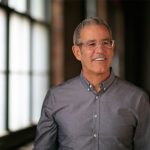 My perspective has been shaped as the result of over 35 years in a wide range of companies and industries. I discovered I didn’t have all the answers coming out of business school and, like many of you, I’ve had many successes as well as failures along the way. I spent an especially rewarding 20 years building a team and leading the charge as CEO of Pulaski Financial Corp. I successfully took the company public (PULB) and continued to grow it over eightfold. After successfully confronting my own demons, I decided to do what I could to go out and make the world a better place when I was financially able to do so at age 50.
My perspective has been shaped as the result of over 35 years in a wide range of companies and industries. I discovered I didn’t have all the answers coming out of business school and, like many of you, I’ve had many successes as well as failures along the way. I spent an especially rewarding 20 years building a team and leading the charge as CEO of Pulaski Financial Corp. I successfully took the company public (PULB) and continued to grow it over eightfold. After successfully confronting my own demons, I decided to do what I could to go out and make the world a better place when I was financially able to do so at age 50.
Disclaimer: The medical, fitness, psychological, mindset, lifestyle, and nutritional information provided on this website and through any materials, downloads, videos, webinars, podcasts, or emails are not intended to be a substitute for professional medical/fitness/nutritional advice, diagnoses, or treatment. Always seek the help of your physician, psychologist, psychiatrist, therapist, certified trainer, or dietitian with any questions regarding starting any new programs or treatments or stopping any current programs or treatments. This website is for information purposes only, and the creators and editors, including Orion Talmay, accept no liability for any injury or illness arising out of the use of the material contained herein, and make no warranty, express or implied, with respect to the contents of this website and affiliated materials.





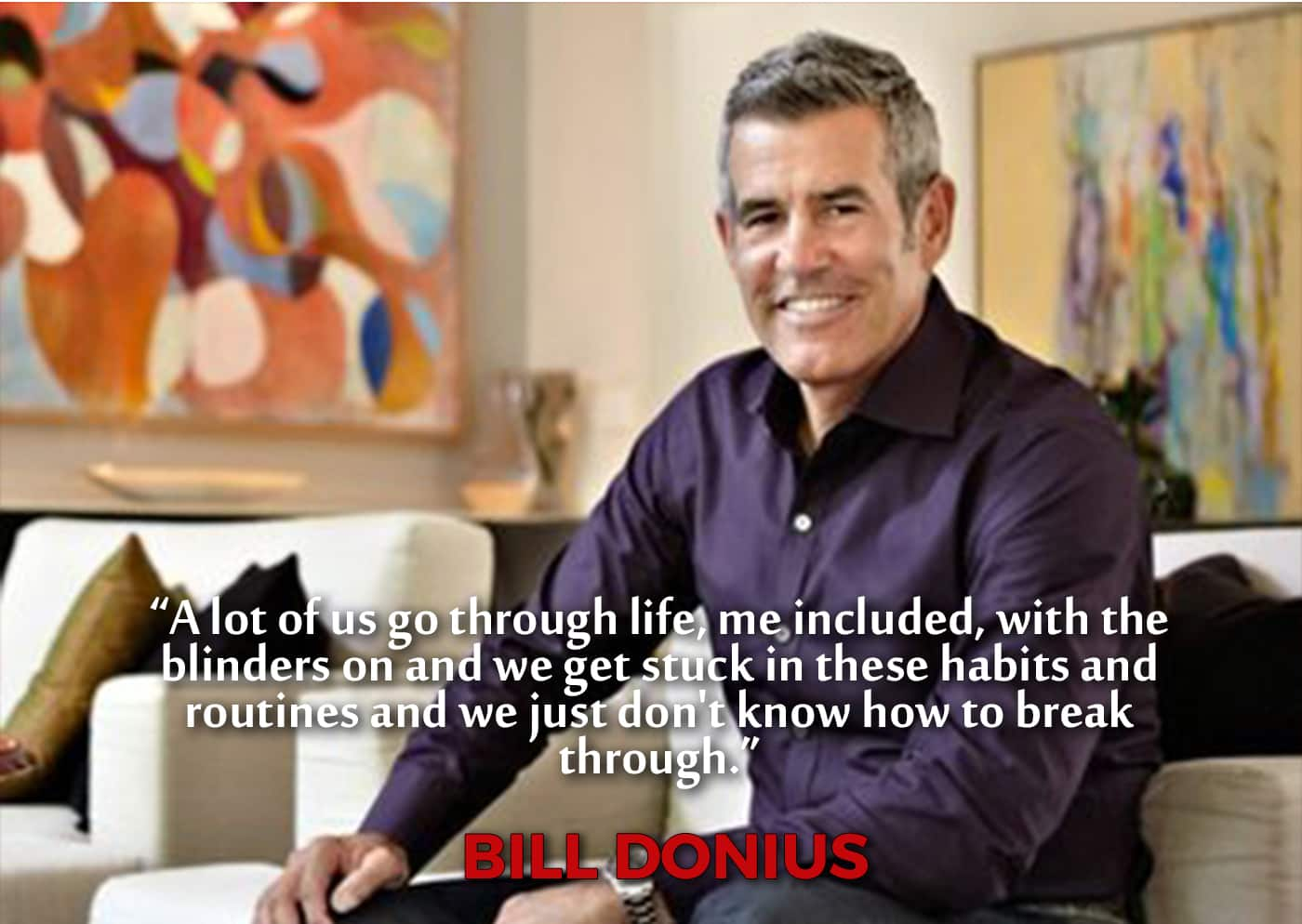





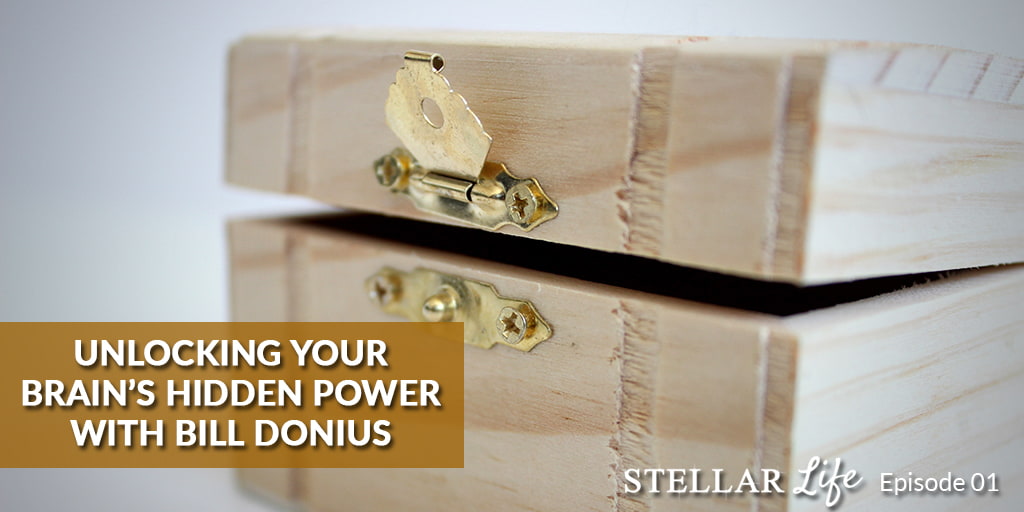
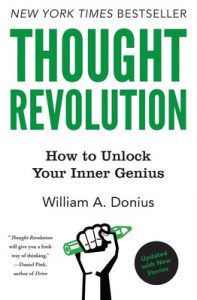
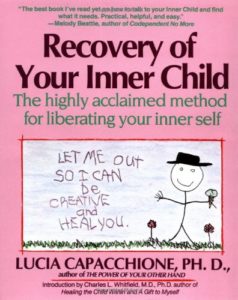
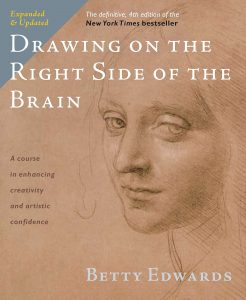

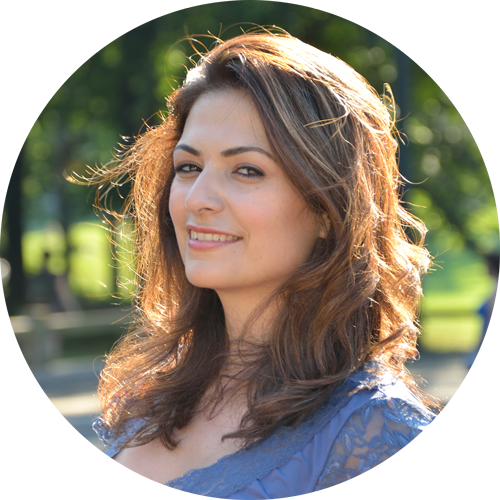





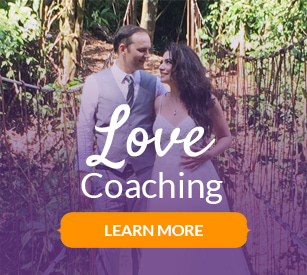
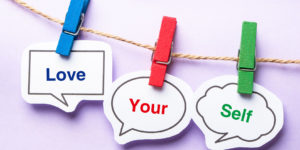








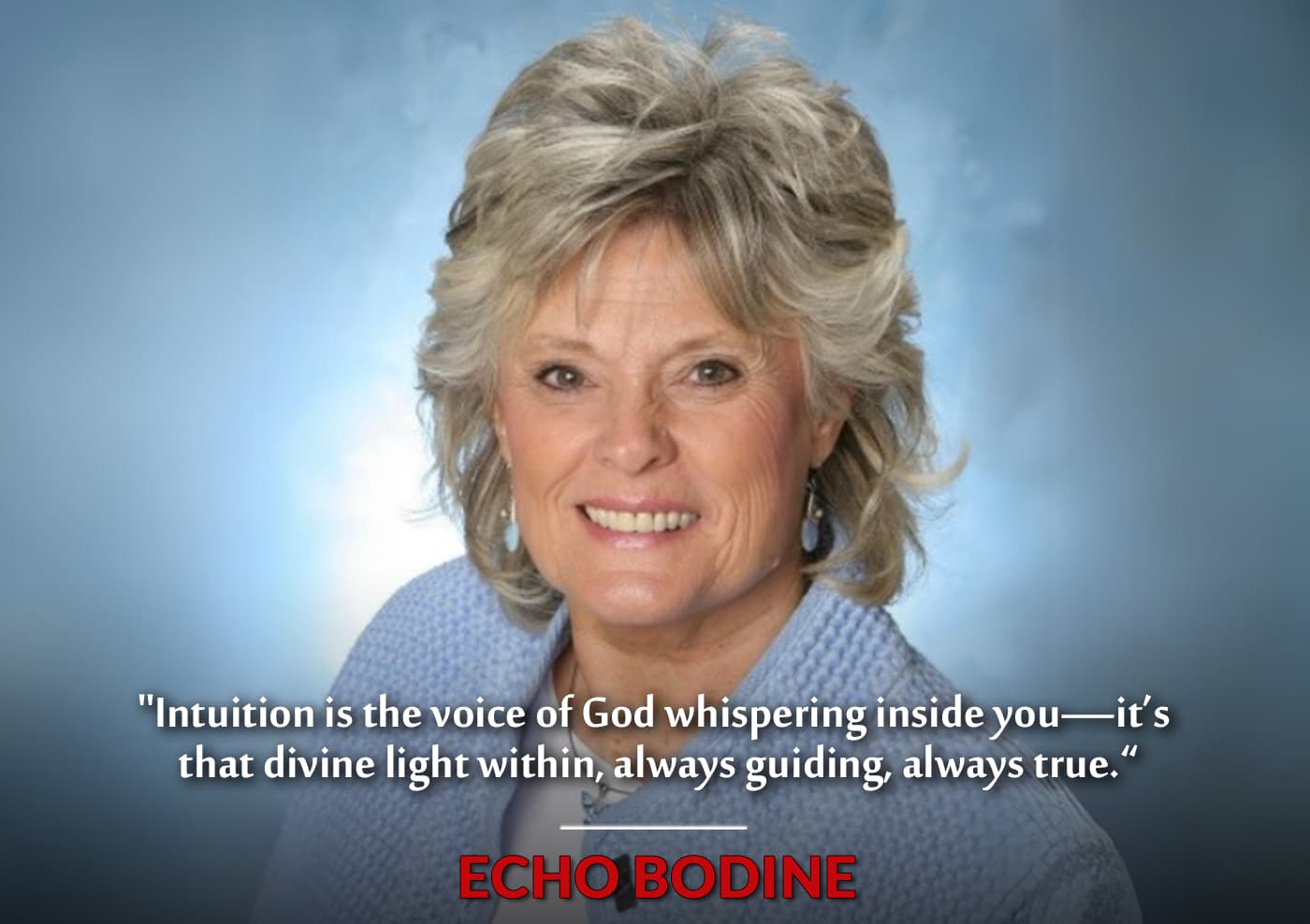

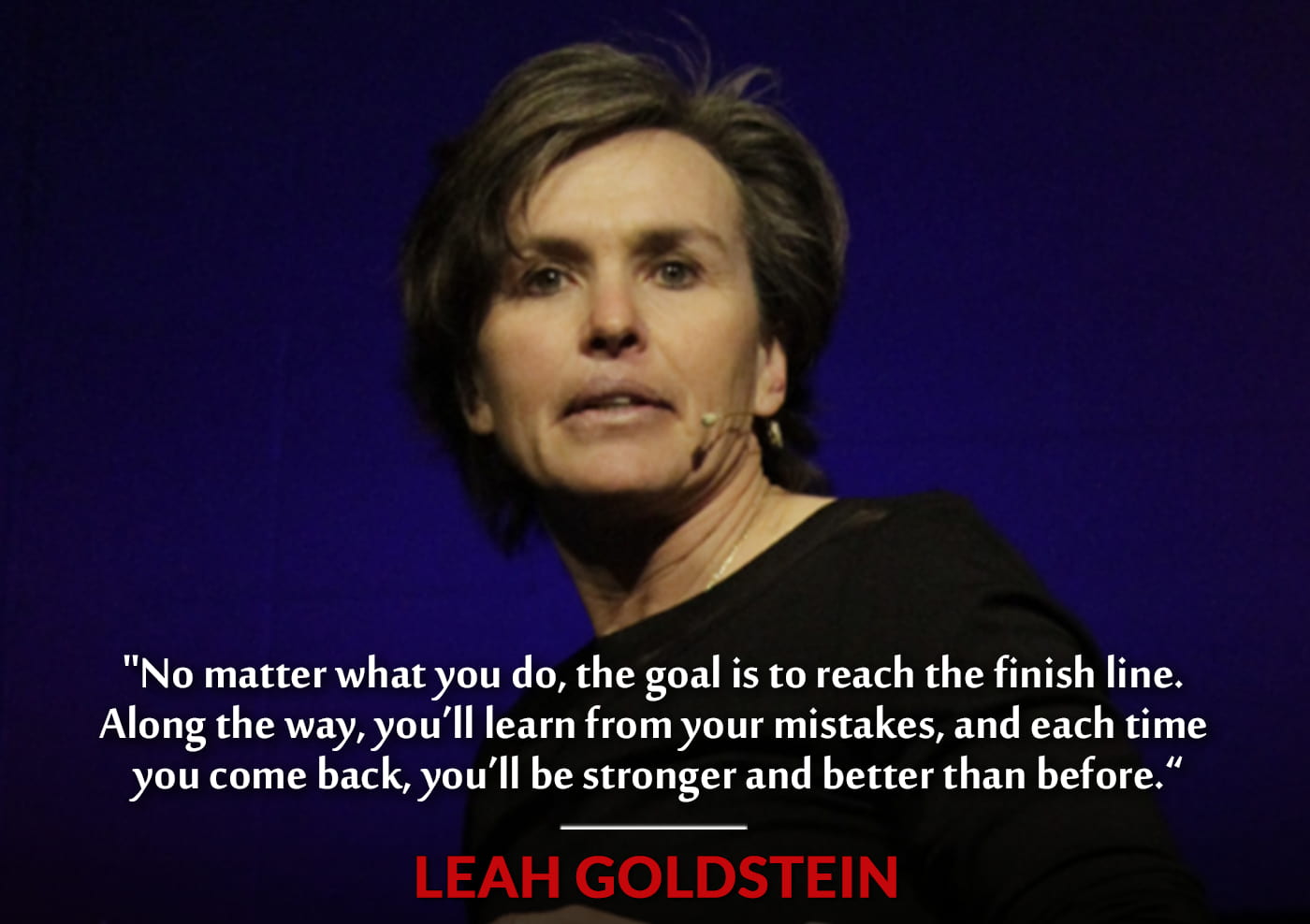
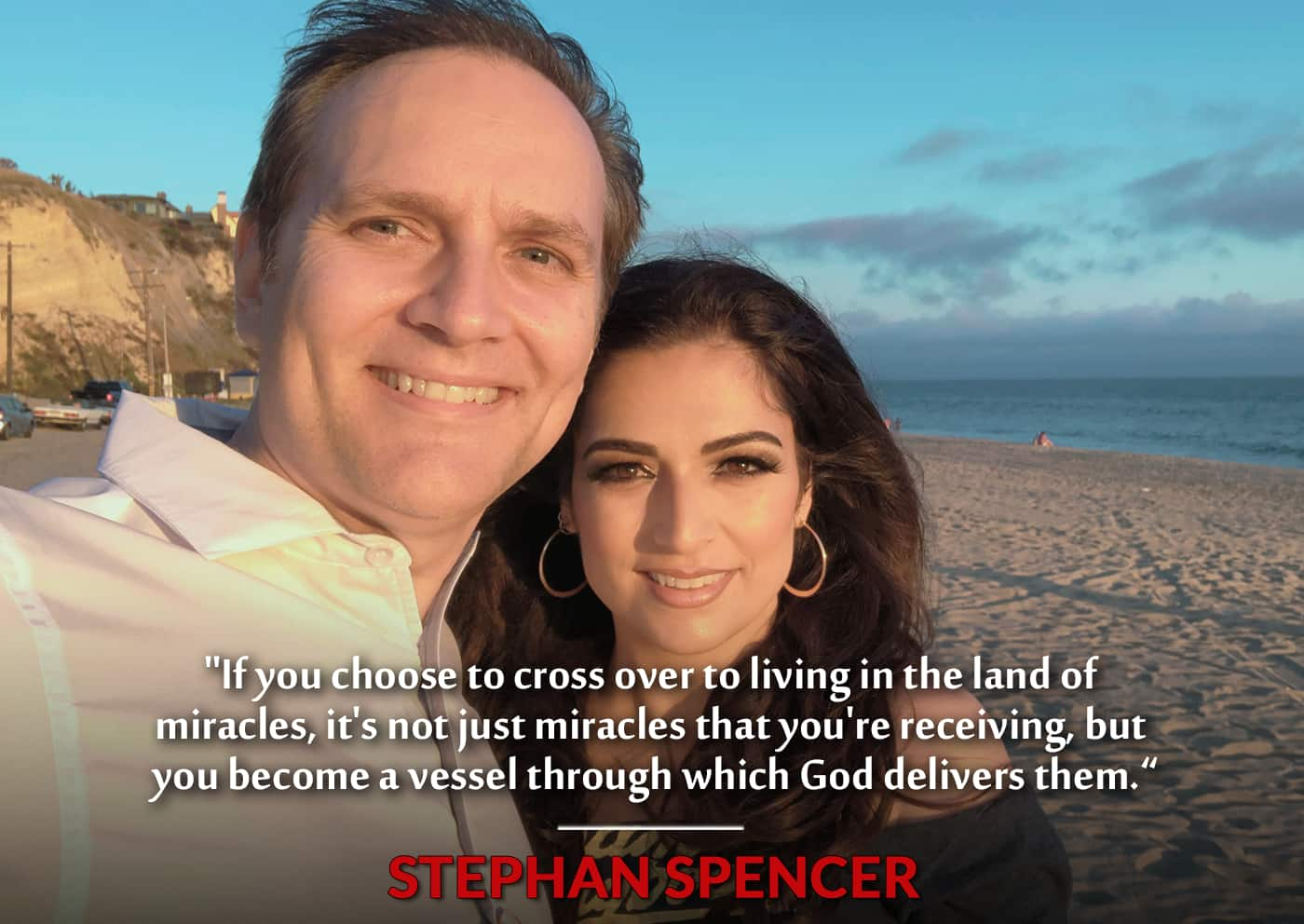

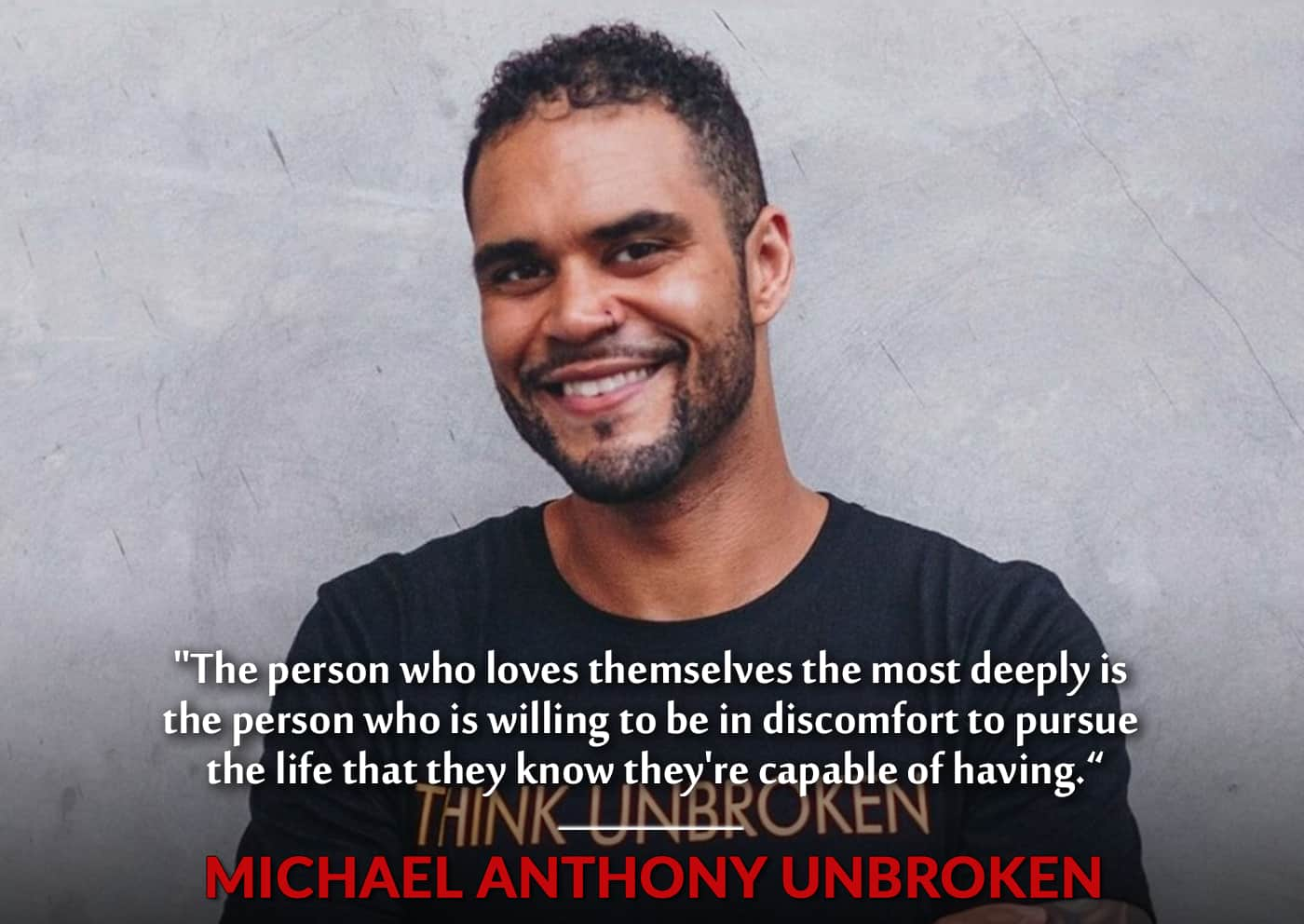
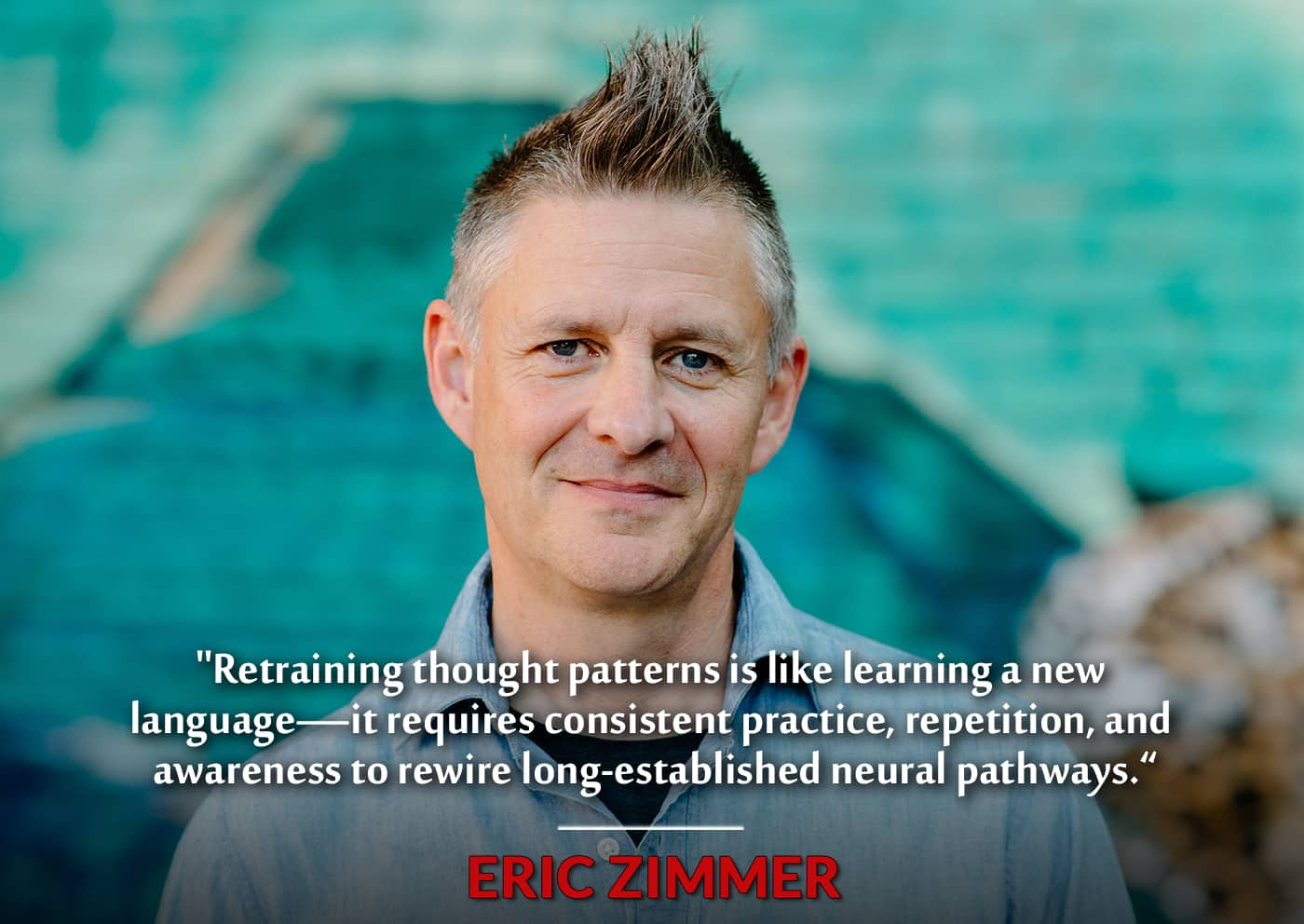


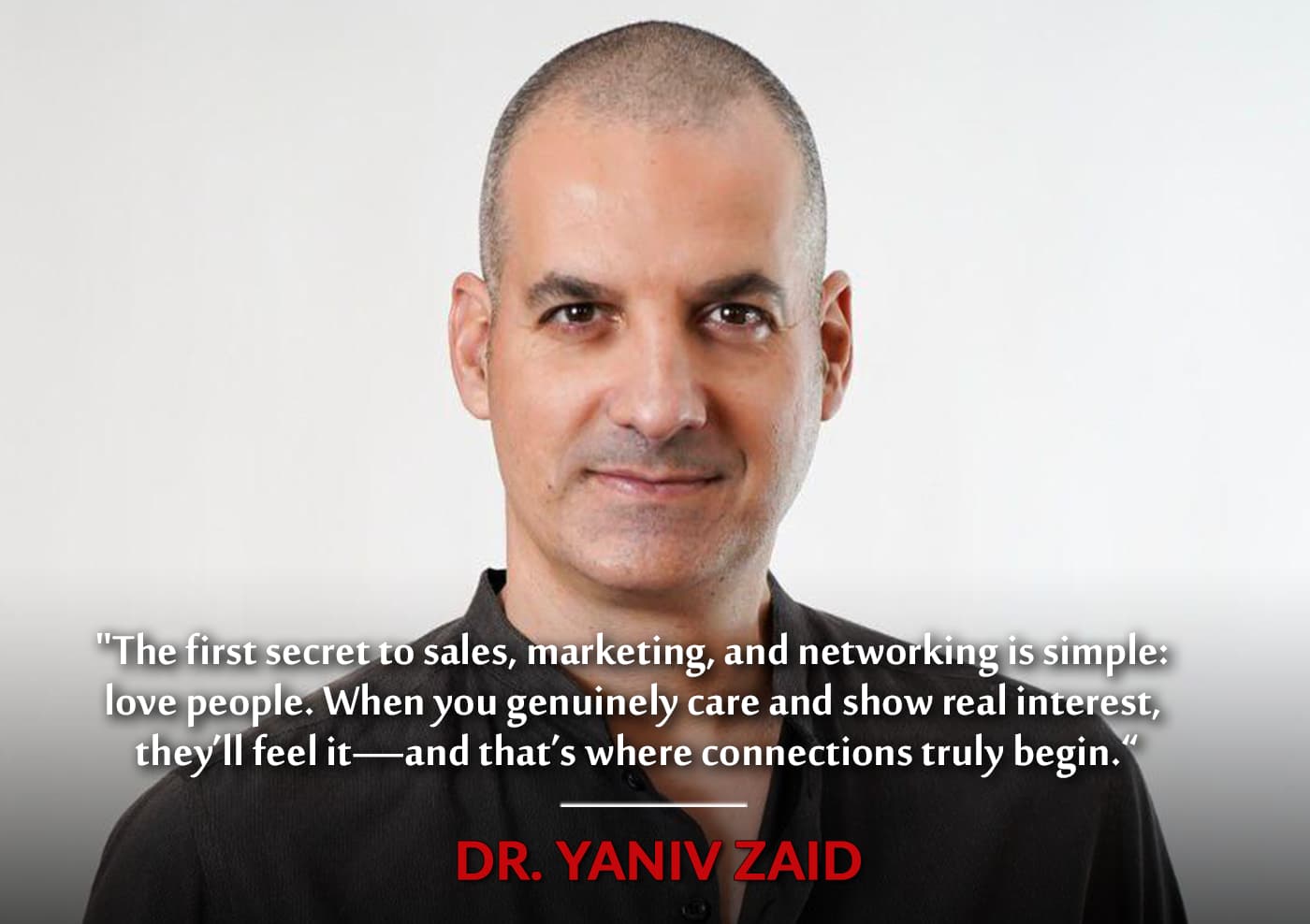
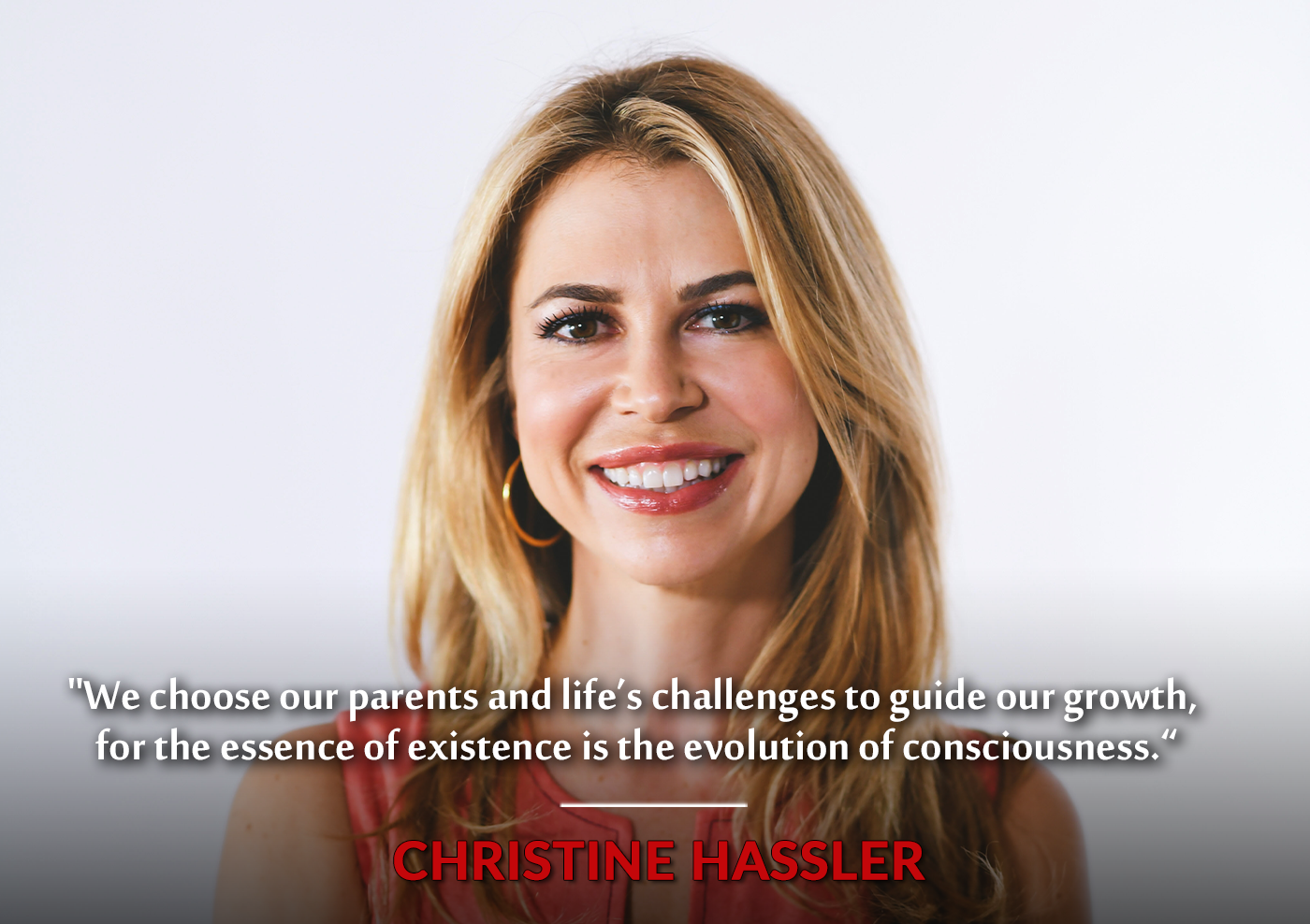
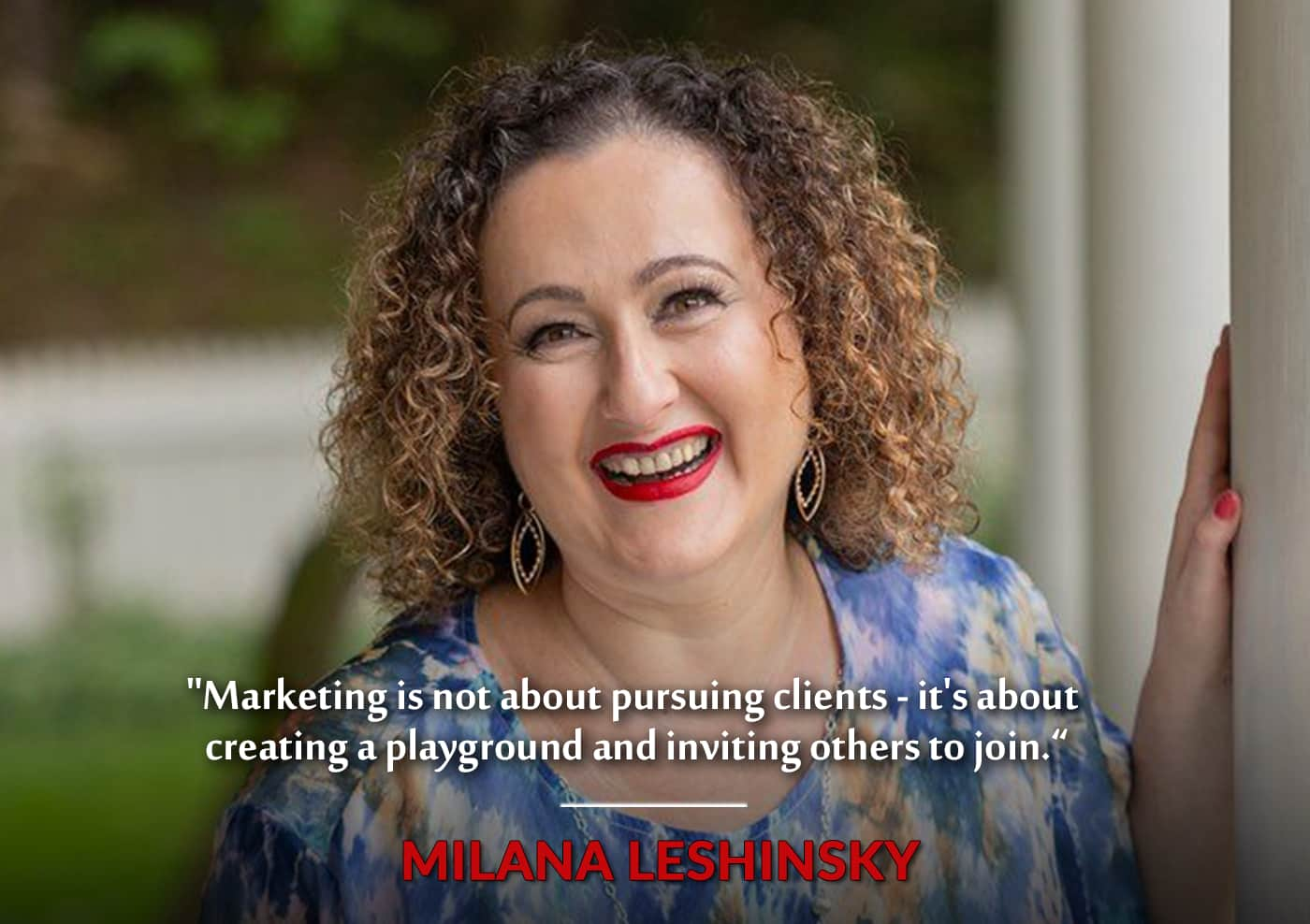
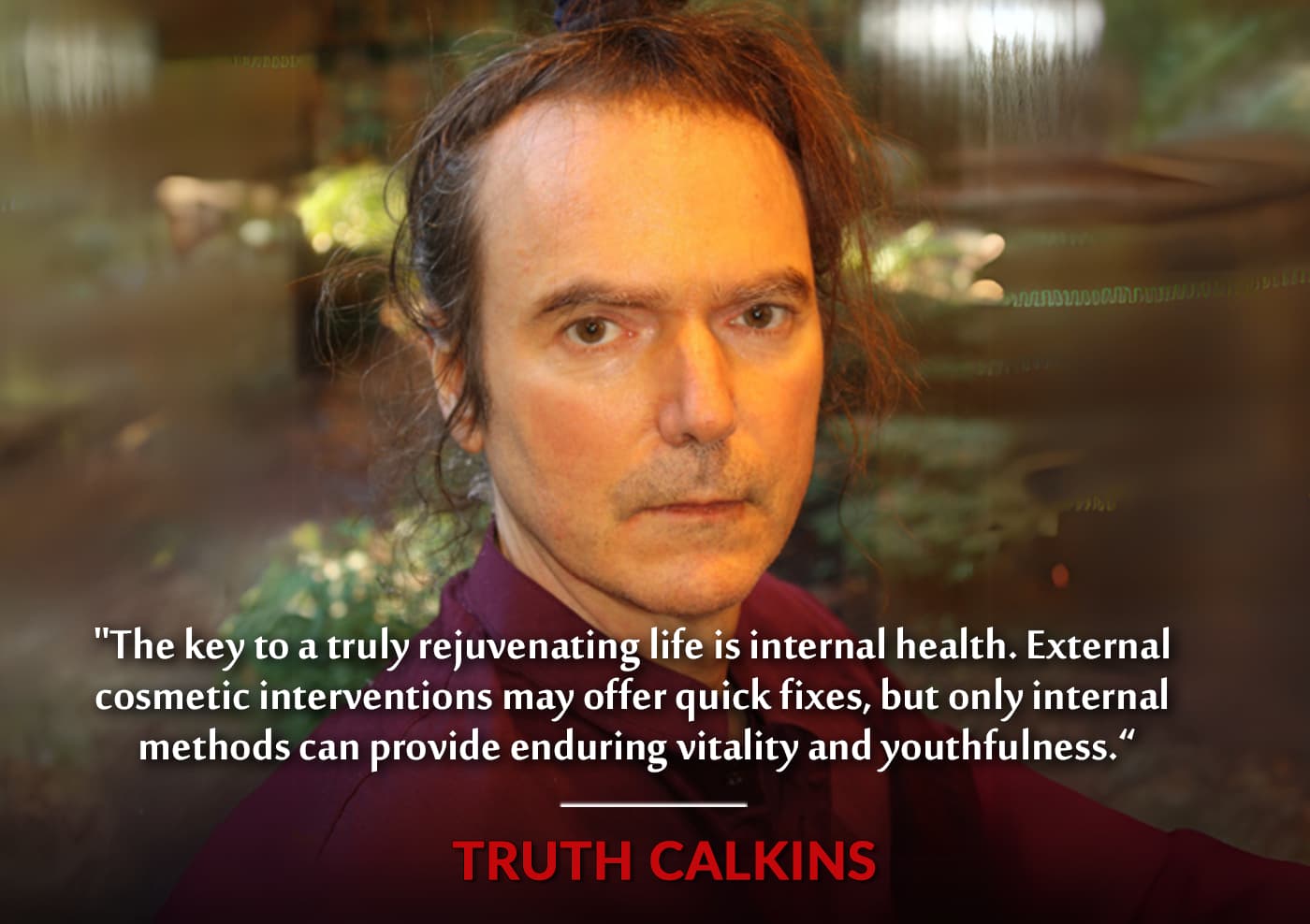
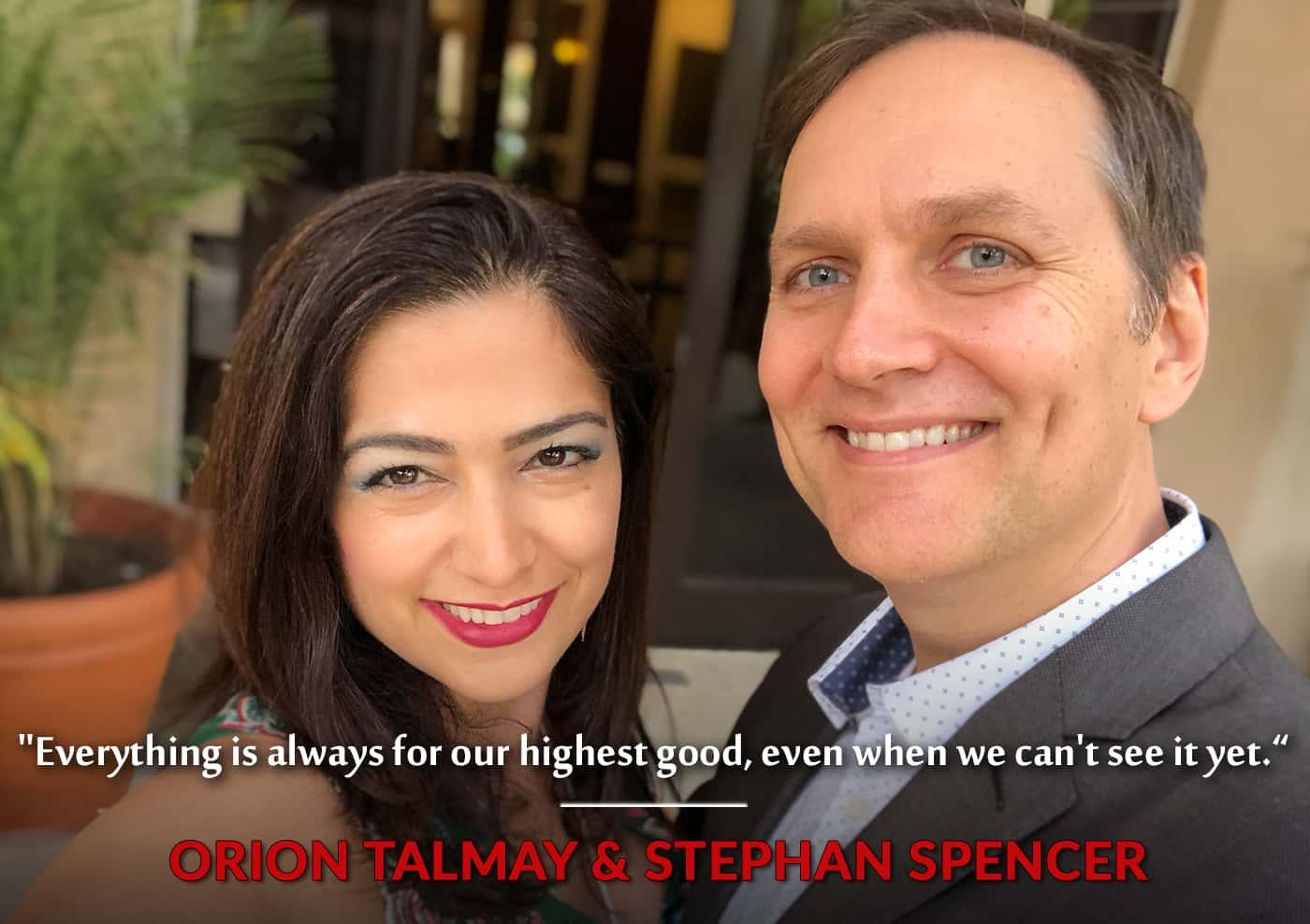

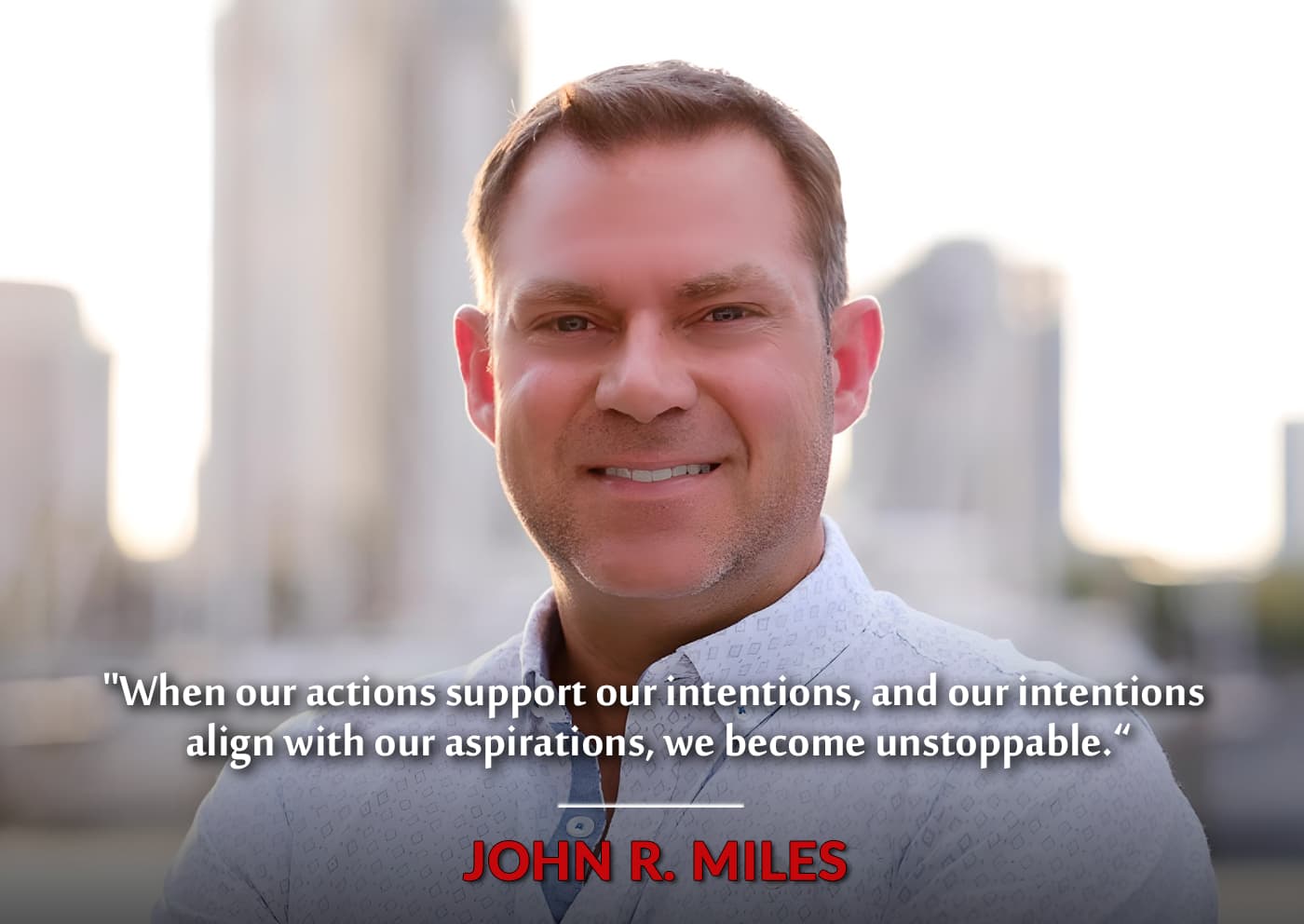
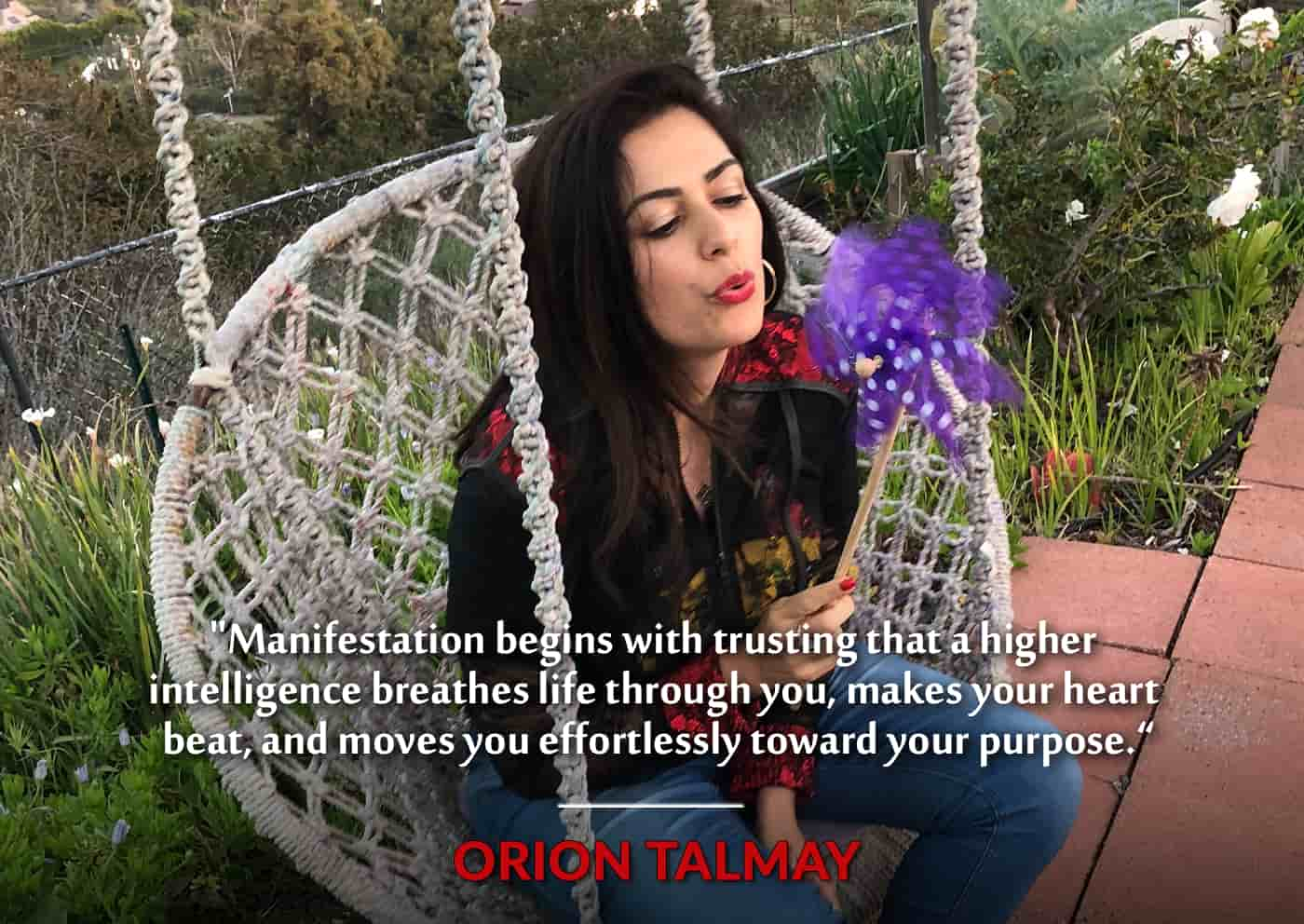
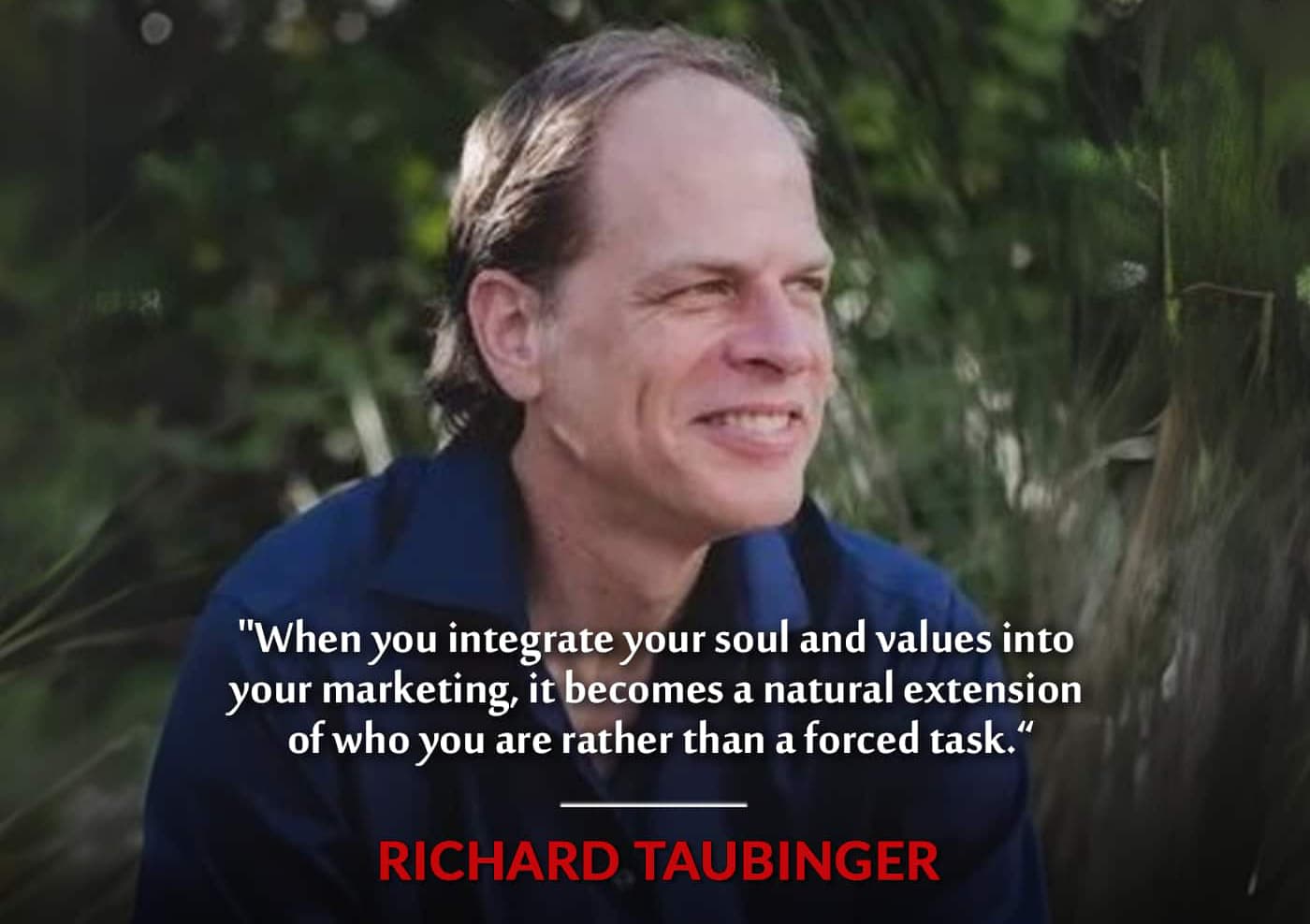
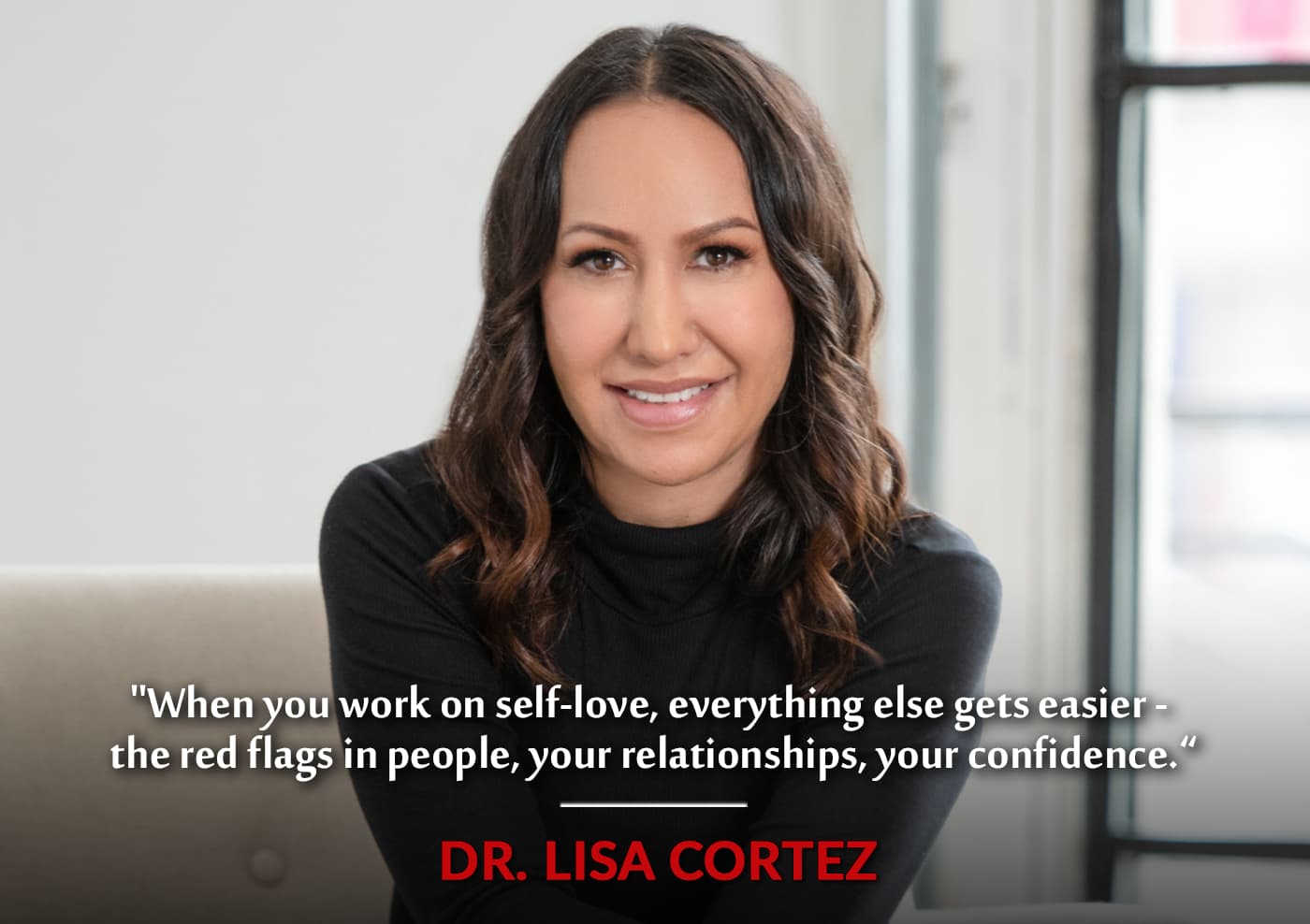
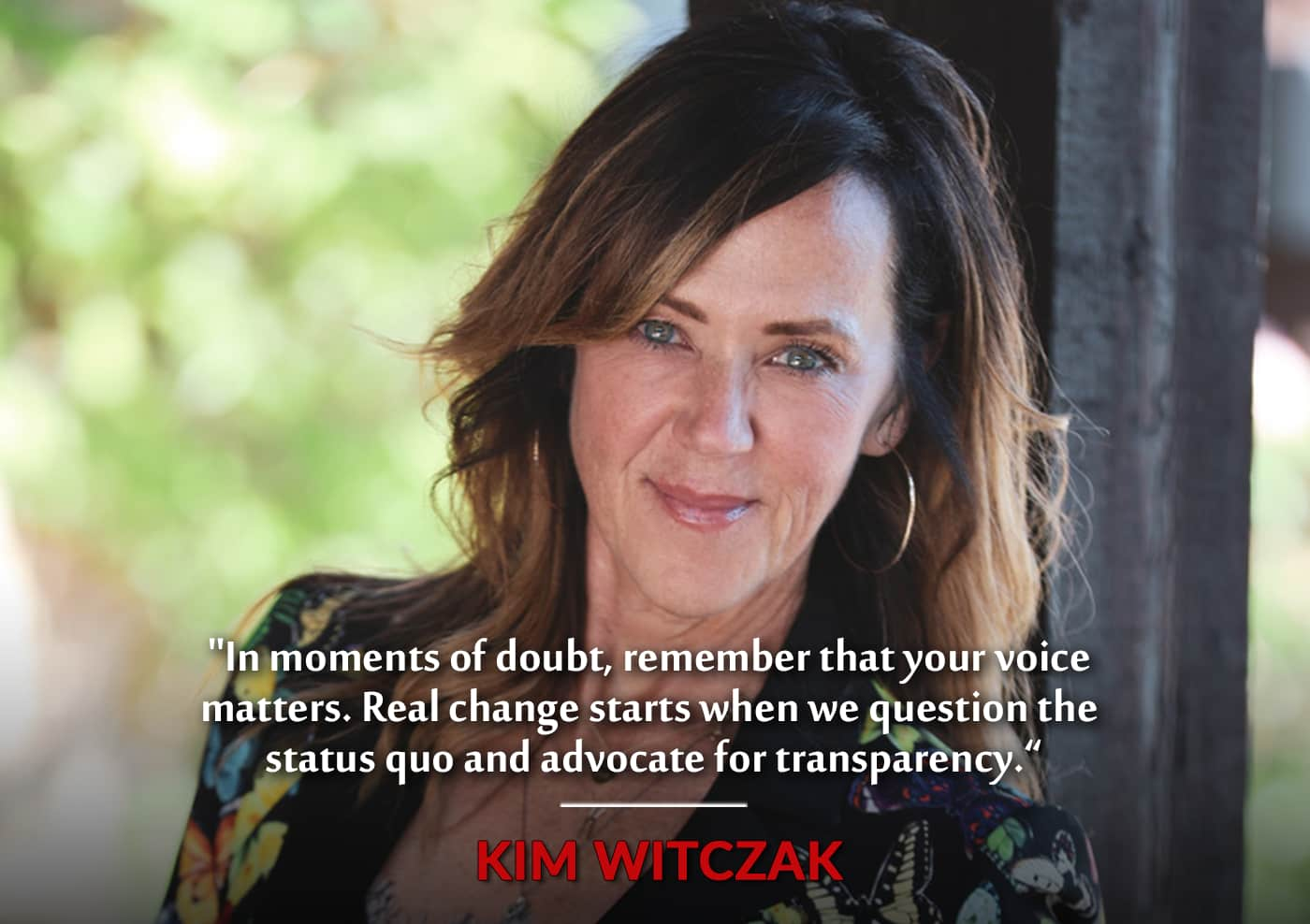
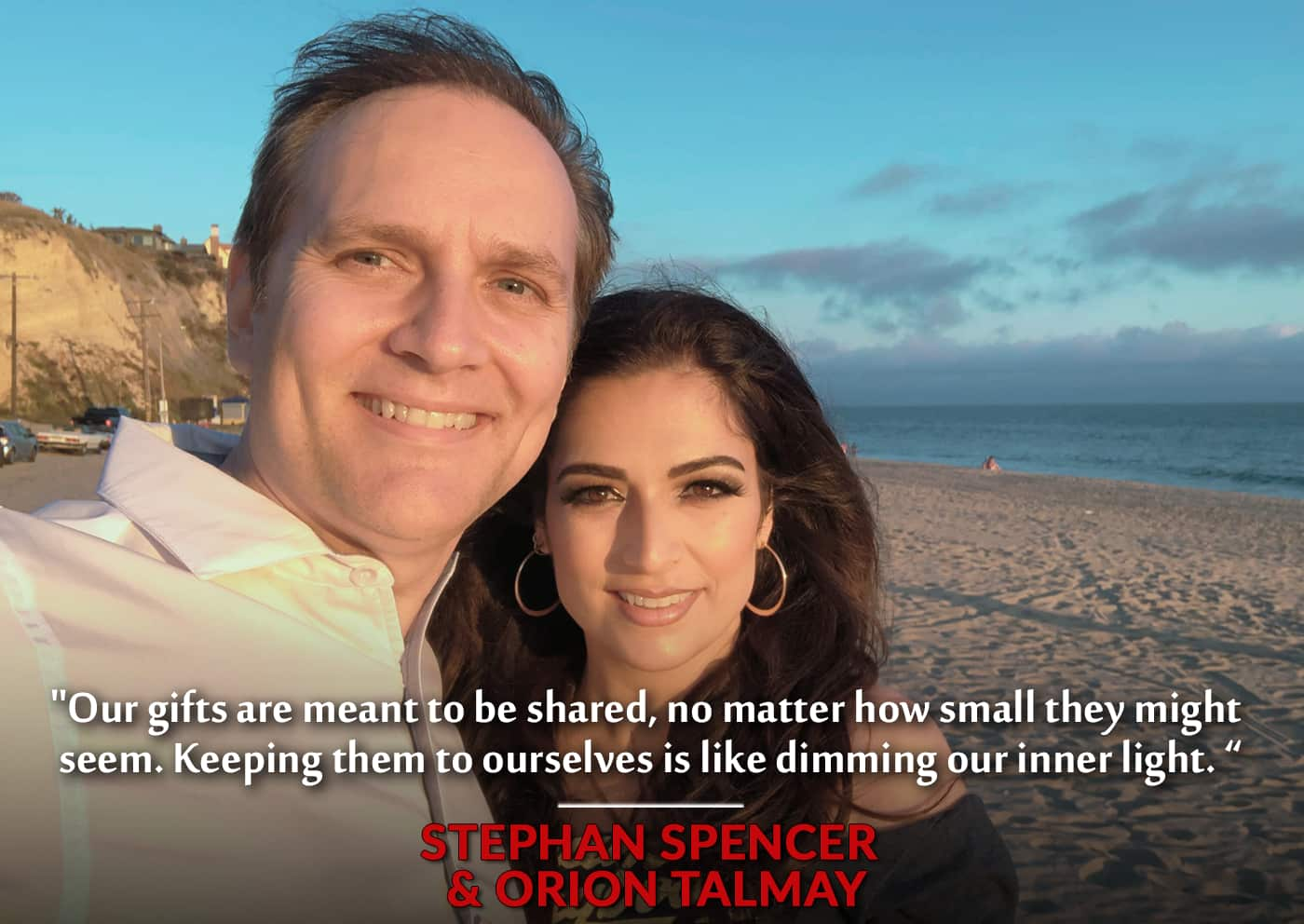
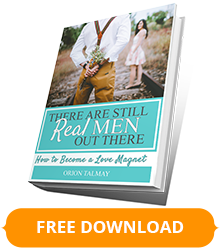
Facebook Comments